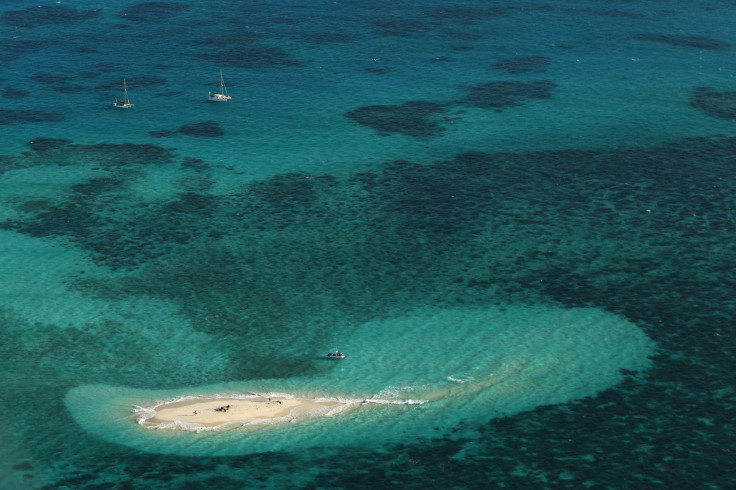Great Barrier Reef Has Been Hiding A Massive New Reef, Australian Scientists Discover

Australian scientists discovered a massive reef hiding behind the country’s famous Great Barrier Reef using laser data from the Royal Australian Navy. The data showed great fields of unusual donut-shaped circular mounds.
Scientists from the James Cook University, University of Sydney and Queensland University of Technology using high-resolution seafloor data from the Royal Australian Navy’s LiDAR-equipped aircraft found that the unusual mounds were at least 200-300 meters wide and up to 10 meters deep.
“We’ve known about these geological structures in the northern Great Barrier Reef since the 1970s and 80s, but never before has the true nature of their shape, size and vast scale been revealed,” Robin Beaman from the James Cook University said in a statement.
“The deeper seafloor behind the familiar coral reefs amazed us,” he added.
The mounds are made up of Halimeda bioherms. A common green algae, Halimeda consists of living calcified segments. These segments form tiny limestone flakes when they die. The flakes come together to form reef-like structures called bioherms.
“We’ve now mapped over 6000 square kilometers [approximately 2,320 square miles]. That’s three times the previously estimated size, spanning from the Torres Strait to just north of Port Douglas. They clearly form a significant inter-reef habitat which covers an area greater than the adjacent coral reefs,” Mardi McNeil from Queensland University of Technology said.
Scientists are yet to determine if these newly discovered reefs have also been subjected to global warming and ocean acidification. They believe that this discovery can also help answer questions regarding past climate and environmental changes in the Great Barrier Reef over a 10,000-year time scale.
© Copyright IBTimes 2024. All rights reserved.





















